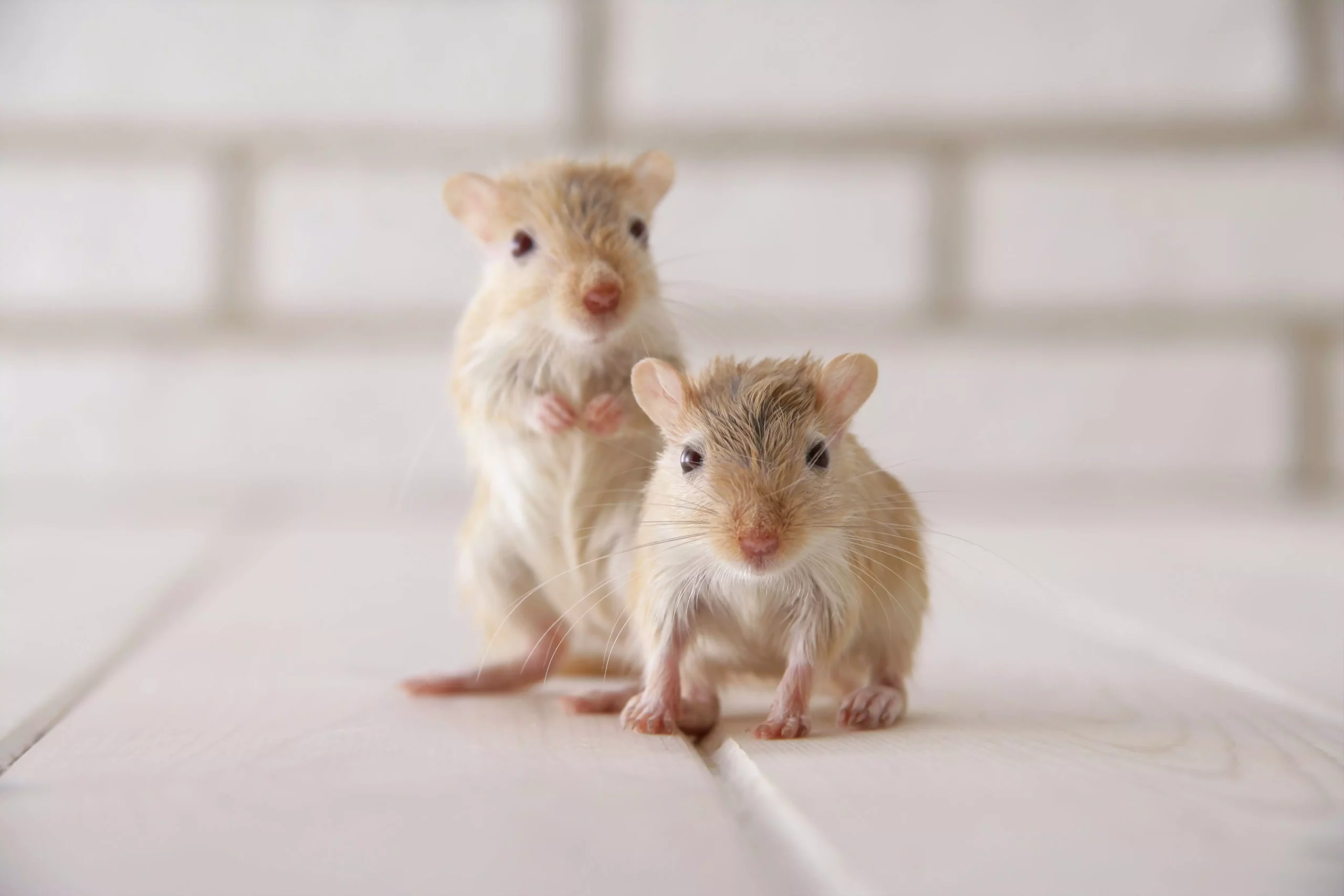Gerbils have steadily gained popularity as pets due to their friendly demeanor, relatively low maintenance requirements, and engaging behavior. These small, furry creatures, originally from arid regions in Asia and Africa, have become affectionate companions for many households. While the Mongolian gerbil, or Meriones unguiculatus, is the most commonly kept species, their appeal stretches beyond their simple care needs. Understanding their behavior, habitat requirements, diet, and social needs is essential for prospective owners to ensure a fulfilling life for their pet gerbils.
Adult gerbils average about four inches in body length, with tails that can add an additional four inches. Typically, males are slightly larger than females but display little difference in behavior or temperament. Although the wild counterparts of these rodents usually exhibit a grayish hue, selective breeding has produced a kaleidoscope of colors such as white, gold, and black, each with its distinctive charm. It is noteworthy to mention that, despite their small size, gerbils can live surprisingly long lives, often reaching up to eight years with proper care. Their unique physiology and lively antics provide entertainment and companionship to their owners.
In contrast to other common household pets, gerbils are not nocturnal, opting instead for a somewhat diurnal lifestyle with bouts of activity that can occur during both day and night—primarily when they feel comfortable and secure. They often display endearing behaviors, such as sitting upright on their hind legs, which contributes to their appeal as pets. Gerbils are inherently social animals that thrive in pairs; thus, acquiring a single gerbil is ill-advised unless the owner is prepared for the significant challenge of introducing new adults into established territory. To foster a sociable environment, it is best to house littermates or similarly aged gerbils together from a young age.
Creating an ideal habitat for gerbils can be an enjoyable project. Many owners prefer glass aquariums as their primary housing choice, as these enclosures can accommodate deeper substrate layers that allow gerbils to indulge in their instinctual burrowing behavior. Additionally, a secure mesh lid is vital to provide adequate ventilation while preventing escapes. The general recommendation is to allocate at least five gallons of space per gerbil, which facilitates a more comfortable and stimulating living environment.
Moreover, gerbils require various climbing structures, chew toys, and hideouts to channel their natural instincts and energy. Wood toys, safe chewing materials, and an exercise wheel with a solid surface allow gerbils to stay entertained and healthy. It is vital to ensure that bedding materials are safe and suitable, avoiding harmful types like cedar and opting for mess-friendly options such as paper-based products or aspen that do not produce hazardous dust.
A balanced, nutritious diet is the cornerstone of gerbil health. Owners should provide a high-quality formulated pelleted food designed specifically for small rodents, which should be accessible at all times to ensure their nutritional needs are met. However, the allure of treats can make it tempting to stray from balanced feeding. Seed mixes and fresh vegetables should form a supplementary part of their diet, requiring careful management to prevent unintentional obesity from overindulgence in high-fat options. Regular veterinary consultation about appropriate diets is advisable to adjust for individual health needs and activity levels.
Fresh water must always be accessible, and utilizing a water bottle is generally recommended, as it minimizes contamination and spills. Daily check-ups are essential to ensure hydration standards, and fresh produce should be introduced at intervals to promote mental enrichment without causing spoilage.
Health Considerations and Regular Care
Though generally hardy, gerbils are susceptible to specific health issues, including weight-related ailments and injuries from falls or mishandling due to their delicate nature. Common problems could be gastrointestinal disturbances or skin irritations often caused by parasites. Furthermore, it’s vital owners understand that some veterinarians lack expertise with gerbils, highlighting the importance of sourcing a specialized vet prior to bringing a gerbil home.
Regular interaction and gentle handling will ultimately lead to a strong bond between the pet and owner, enabling gerbils to become affectionate companions. It is crucial to introduce tame behavior gradually, allowing the gerbil time to adjust to its new environment before attempting to handle it.
Engagement and Enrichment
Gerbils exhibit playful behavior and require ample enrichment to maintain physical health and mental stimulation. Supervised out-of-cage playtime in safe environments allows them the opportunity to explore beyond their enclosure. Maintaining a multitude of toys and structures within their enclosure is also recommended as a way to provide endless exploration opportunities.
Ultimately, gerbils can make delightful pets for individuals or families that understand their basic needs and characteristics. They may not be suitable for small children but can thrive in environments where gentle handling and understanding are prioritized. With proper care, attention, and a little creativity in their habitat setup, gerbils can become cherished members of the family, bringing joy and companionship for years to come.

